Does MVHR Reduce Condensation?
MVHR is a key aspect in maintaining a home or dwelling with clean, warm air. But what are the lengths of effects that a MVHR system can grant you? Does MVHR reduce condensation?
With new buildings being made to be as energy efficient as possible, and the UK aiming for 95% of its electricity usage to be low carbon by 2030, it is imperative to understand how we can make the most of our ventilation. This is where MVHR units come in.
To prevent mould, fresh air should constantly be introduced into your dwelling daily, as it helps to regulate temperature and reduce condensation. Introducing fresh air can be as simple as having a ventilation routine, or installing extractors or MVHR units. Almost all of this is facilitated by ducting.
What is condensation?
Put simply, condensation is the opposite of evaporation. Condensation is the process of water vapour, turning into actual water. We can see examples of condensation almost every single day.
An everyday example of condensation is boiling your kettle on a cold day, if the steam from the kettle lands by the window, you will eventually begin to see water droplets forming against the window. These water droplets form as the hot steam meets the cold surface of the window.
In our homes, and in particular, within our bathrooms, we can see condensation eventually form when we have a hot shower on a cold day, and don’t open a window. The water vapour within the humid air has nowhere to go, so it settles on the colder surfaces of the bathroom.
So what exactly is the problem with condensation? Essentially, condensation, if left untreated, creates the perfect environment for mould to thrive.
Is condensation the same as humidity?
Not exactly, humidity is one of the causes of condensation. Humid air contains water vapour, which is evaporated due to heat, if this humid air has nowhere to go, it will settle on cold surfaces and revert to water. This is what condensation is.
Does MVHR reduce condensation?
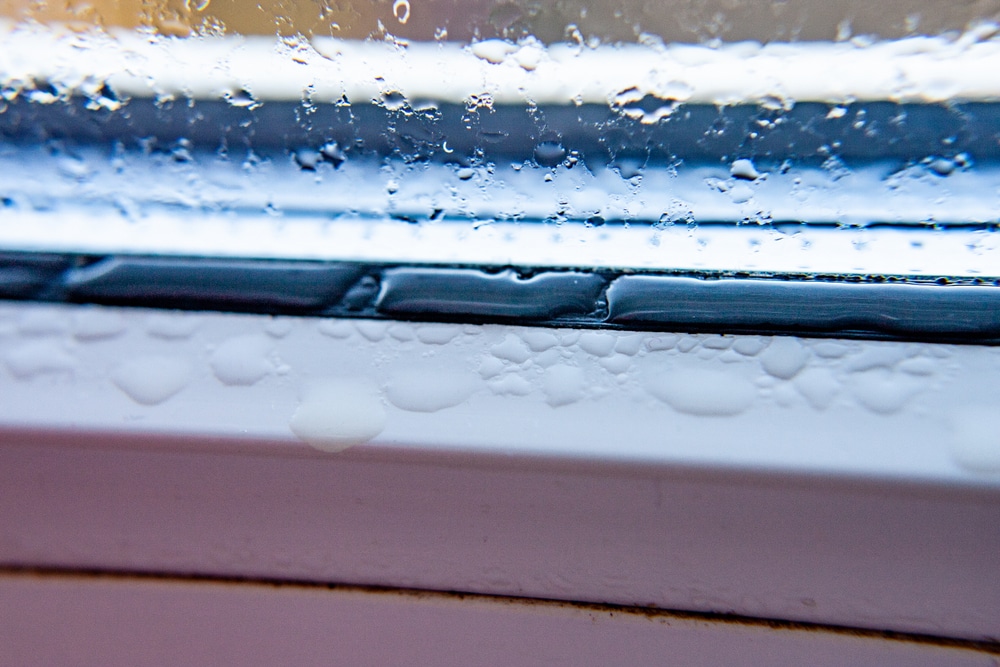
Yes, MVHR can reduce condensation, but it will not stop it from appearing altogether in rooms like bathrooms or some smaller sized kitchens.
MVHR reduces condensation by extracting the humid indoor air, and replacing it with fresh outdoor air. Because the moisture within the air has been extracted, it is less likely to formulate condensation on surfaces.
Additionally, MVHR units prevent the heat from the humid air from being lost, it recycles it into the fresh air that is being brought in by the system.
More ways to reduce condensation with MVHR
In conjunction with MVHR units, you can try the following methods to further reduce the appearance of condensation…
- Opening windows in kitchens and bathrooms when in use can help to reduce condensation (Though the heat reduction aspect will be nullified by the open window).
- Consider purchasing a dehumidifier.
- Any condensation that you find on surfaces, dry them immediately by wiping them with a dry cloth or tissue.
- If condensation appears in specific areas of a room, see if there are any breaches that are causing the fluctuation in temperature. Examples of breaches could be deep cracks in the wall or near windows, or even the windows themselves not being able to insulate properly.
What happens if I don’t get rid of condensation?
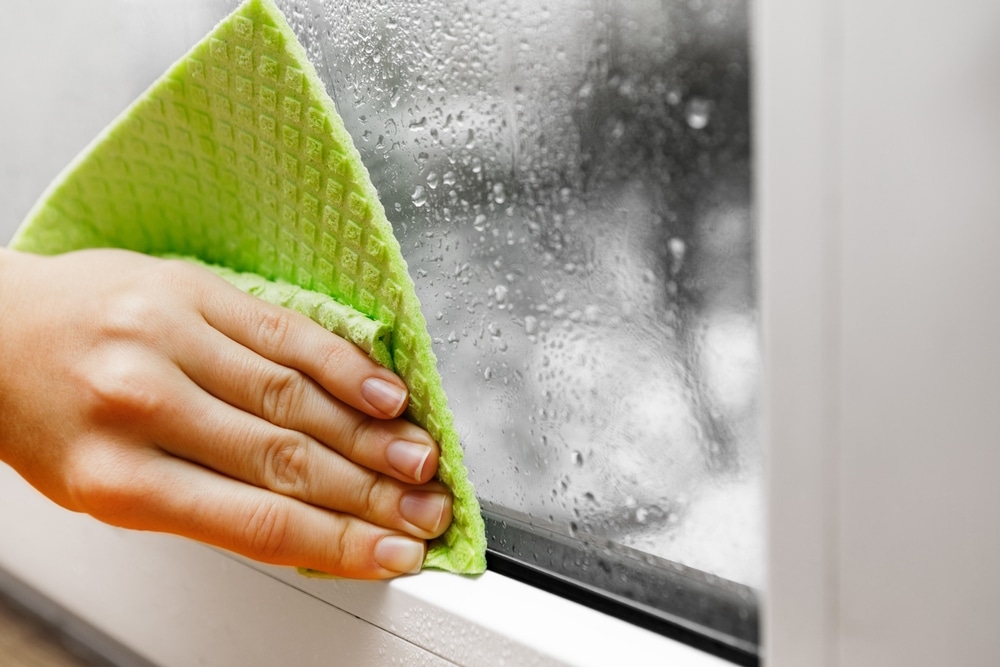
Neglecting to remove condensation in your home creates the perfect environment for mould to thrive.
Mould, otherwise known as damp, is a kind of fungus that grows on wet surfaces. Mould comes in a variety of colours: Black, Green, Brown, Grey, and White. It can be difficult to identify mould by colour, as it can occur in many shades. Some of the most common mould strains in the home are:
- Black Mould – Also called Stachybotrys chartarum, black mould is commonly found in bathrooms and wet rooms but can also occur on cold exterior walls in habitable rooms such as the bedroom or living room.
- Cladosporium – Commonly found in bathrooms, under sinks, and around taps, but it can grow on surfaces like carpets, furniture, walls, and floors.
Mould reproduces from tiny spores. The spores float through the air and deposit on the surfaces. Under adequate temperature, moisture, and nutrient conditions, the spores can form new mould colonies.
If you have found mould in your home, you need to assess if this is your landlord’s responsibility (for example, it could be from a leaking roof that needs repairing). Or if improper ventilation causes the dampness. To assess your options, click here.
You should not be amongst mould and aim to get rid of it immediately, as it can be known to affect people’s health or intensify health conditions if you have a mould allergy.
Treating mould
It is alarming to understand how quickly mould can spread and become a hazard in the home. This is why you should treat it beforehand whilst it is still just condensation.
If you leave it too late, it can become extremely difficult to remove, mould can live in grouting, in the walls, almost anywhere. So how can you treat it before it becomes almost impossible to remove?
Purchasing mould treatment products is the first step to take, if this fails, consider employing a local mould cleaning service to give you the best possible guidance, especially if the mould isn’t going at all.
Alternative methods for condensation treatment
In terms of mechanisms, there are little to no alternatives that provide the same level of help that a MVHR system can. However, there are non-mechanical options that could help ventilation issues in your home.
If your home is too humid, you should…
- Consider employing a basic ventilation routine daily.
- Open windows when cooking/showering
- Keep fluffy items out of rooms such as bathrooms or kitchens, as moisture can catch onto these surfaces.
- Use your central heating at specific times, such as when you wake up, when you arrive home from work, and before you go to bed.
Does air conditioning get rid of condensation?
Essentially, yes. Air conditioning systems can help to remove the humidity in the air, thereby reducing the likelihood of condensation from appearing.
Aside from that, air conditioning units pale in comparison to MVHR units. MVHR units will replace the indoor air with fresh outdoor air, whereas an air conditioning system only alters the temperature of the air within the room.
To emulate a similar effect to a MVHR system, you would need to have a window open with
air conditioning on, which can defeat the purpose of having an air conditioning unit anyway.
Although MVHR doesn’t control the temperature like air conditioning systems, it keeps the air comfortable and warm, without losing heat, whilst also providing you with fresh air. You could use both machines in conjunction with each other, but you’re essentially just directing the air from the MVHR unit to a specific area, which can be redundant.
Invest in MVHR today
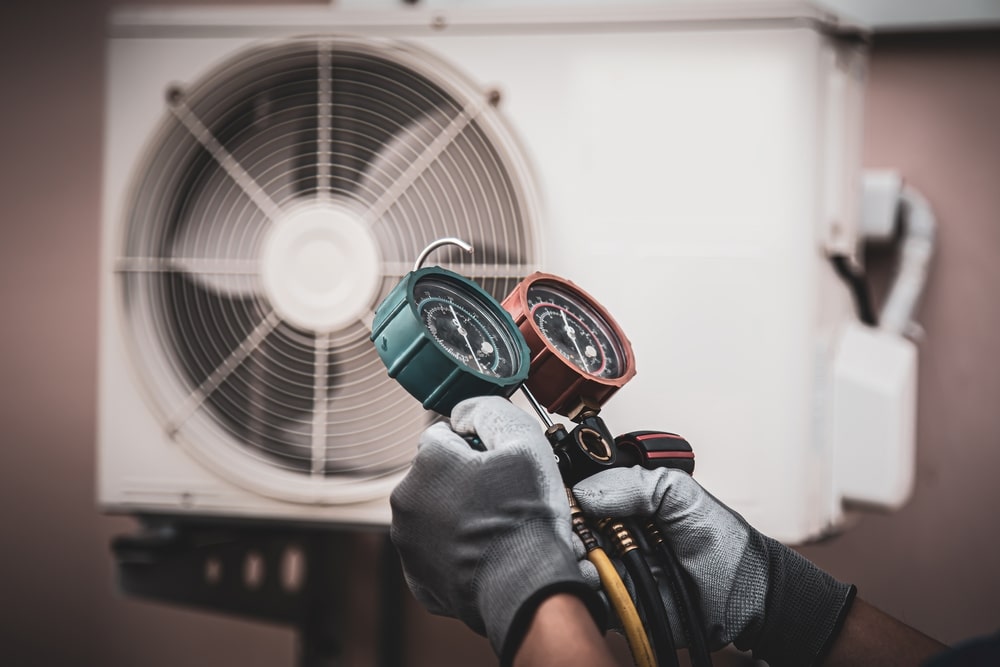
We at I-Sells endeavour to ensure our customers have all the information they require before investing in our mould solutions. Be sure to visit our blog page to learn about the vast array of factors and issues surrounding ventilation, mould, condensation, and much more.
We hope to have answered the question ‘Does MVHR reduce condensation?’ Whilst supplying you with relevant information surrounding MVHR and its benefits.
We understand you may have more questions, do not hesitate to contact us for more information about whatever you need our help with. If you’d like to email us, click here. For other contact options, see below:
Call us on 020 8463 9696
Visit us at our showroom:
*OPENING TIMES*
Monday – Friday: 8:00 am to 5:30 pm
Saturday: 9:00 am to 12:00 pm
Sunday: Closed
15 St John’s Parade
Sidcup, Kent
DA14 6ES
United Kingdom






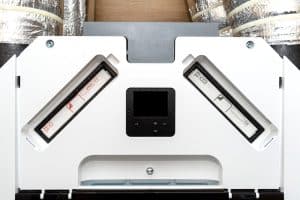

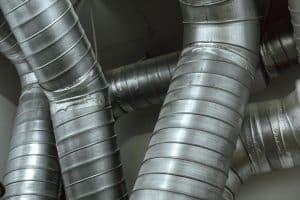




















Add comment
You must be logged in to post a comment.